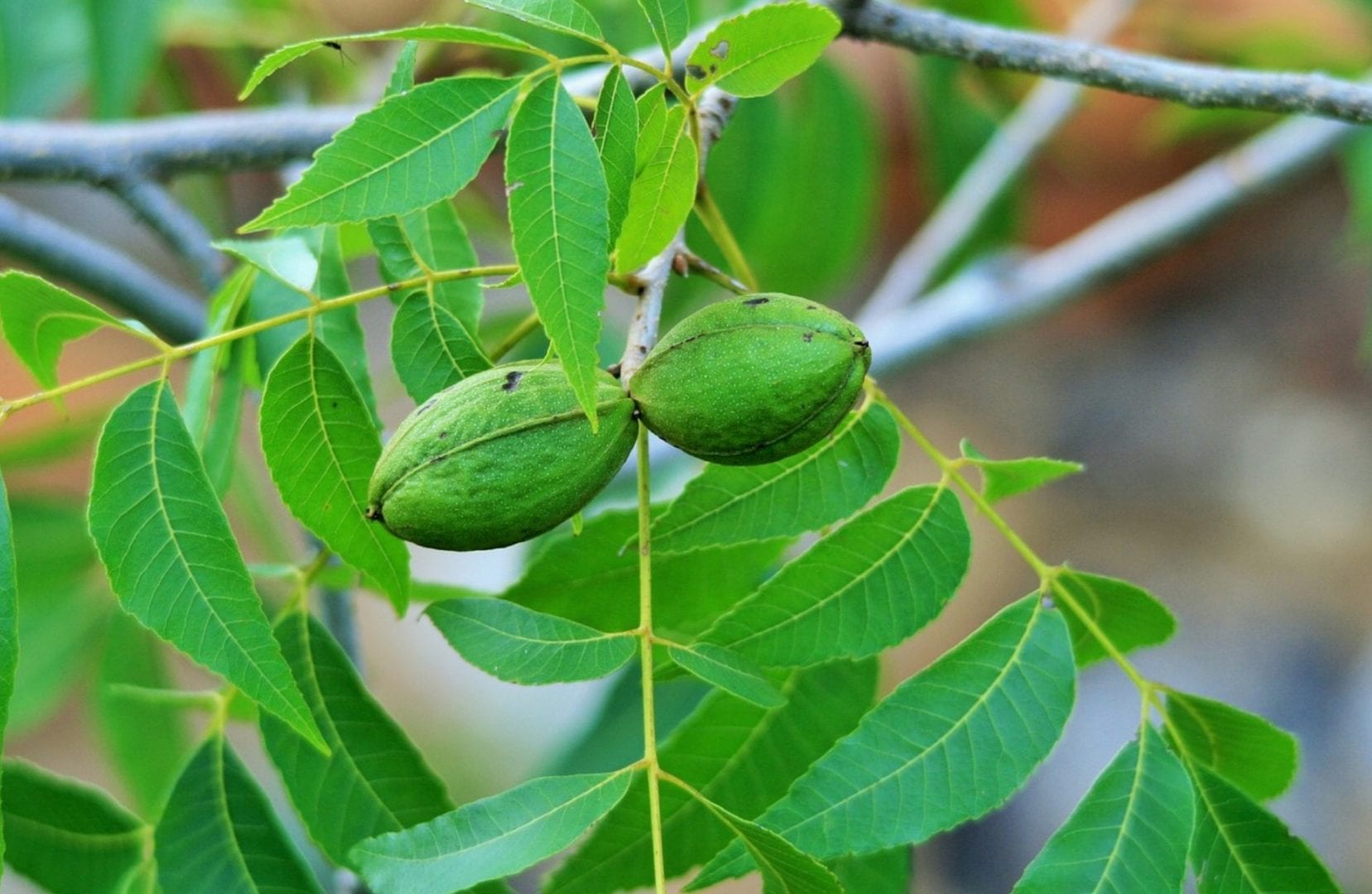From Nut to Tree: Your Epic Guide to Growing Pecan Trees
Ever cracked open a pecan and wondered if you could grow a majestic tree from that humble nut? The answer is a resounding yes! Growing pecan trees from pecans is a rewarding, albeit patient, endeavor. This guide will equip you with everything you need to know to embark on this horticultural adventure, from selecting the right pecans to nurturing your saplings into fruitful trees.
Cultivating pecan trees from seed offers a unique connection to nature, allowing you to witness the entire life cycle of this magnificent tree. While it requires dedication and time, the payoff is well worth it – a bountiful harvest of delicious pecans and the satisfaction of nurturing a tree from its very beginnings. This practice is not only a fascinating hobby but also a sustainable way to contribute to the environment.
The pecan, a native North American tree, has a rich history intertwined with indigenous cultures who relied on the nut as a valuable food source. Today, pecans remain a popular ingredient in various culinary delights, prized for their rich flavor and nutritional benefits. Starting your own pecan tree from a nut allows you to participate in this long-standing tradition of cultivating this valuable tree.
The process of growing pecan trees from pecans is relatively straightforward, but there are a few key challenges to be aware of. One of the primary hurdles is the stratification process, which involves exposing the pecans to cold temperatures to mimic natural winter conditions and trigger germination. Another common issue is ensuring proper drainage and soil conditions for optimal growth. This guide will address these challenges and offer practical solutions to ensure success.
From selecting high-quality pecans to preparing the soil and nurturing your young trees, this comprehensive guide will walk you through each step of the pecan-growing process. Whether you're an experienced gardener or a novice, this article will provide you with the knowledge and confidence to cultivate your very own pecan orchard, one nut at a time.
The process of germinating pecan seeds begins with stratification. This involves storing the nuts in a moist medium (like peat moss or sand) at a low temperature (around 40°F) for several weeks to several months. This mimics the natural winter chilling period and encourages the embryo within the nut to develop. After stratification, the nuts can be planted in pots or directly in the ground.
Benefits of Growing Pecan Trees from Pecans:
1. Cost-effective: Growing from seed is significantly cheaper than purchasing established saplings, especially if you have access to a good source of pecans.
2. Variety: Planting from seed can lead to unique pecan varieties, as seedlings may exhibit different characteristics from their parent trees.
3. Connection to Nature: Witnessing the entire growth cycle of a tree, from seed to maturity, provides a deeper connection to the natural world.
Advantages and Disadvantages of Growing Pecan Trees from Pecans
| Advantages | Disadvantages |
|---|---|
| Cost-effective | Time-consuming |
| Potential for unique varieties | No guarantee of specific traits |
| Rewarding experience | Requires patience and dedication |
Step-by-Step Guide to Growing Pecan Trees from Pecans:
1. Select high-quality pecans: Choose fresh, undamaged pecans from a healthy tree.
2. Stratify the pecans: Place the nuts in a moist medium and refrigerate for 8-12 weeks.
3. Plant the pecans: Plant in pots or directly in the ground after stratification, ensuring proper drainage.
4. Water regularly: Keep the soil consistently moist but not waterlogged.
5. Provide adequate sunlight: Pecan trees thrive in full sun.
Frequently Asked Questions:
1. How long does it take for a pecan tree to produce nuts? It can take 5-10 years, sometimes longer.
2. What type of soil is best for pecan trees? Well-drained, slightly acidic soil.
3. How often should I water my pecan tree? Regularly, especially during dry periods.
4. Do pecan trees need fertilizer? Yes, but use a balanced fertilizer sparingly.
5. When is the best time to plant pecan trees? Fall or early spring.
6. How deep should I plant the pecans? About 2 inches deep.
7. How far apart should I plant pecan trees? At least 60 feet apart for mature trees.
8. What are some common pests and diseases of pecan trees? Aphids, pecan weevils, and scab are common issues.
Tips and Tricks:
Soak pecans in water for 24 hours before stratification to enhance germination.
Growing pecan trees from pecans is a fulfilling journey that connects you with nature's rhythms. From the meticulous selection of nuts to the patient wait for germination and the eventual harvest, each stage offers valuable lessons in patience, dedication, and the wonders of the natural world. While the process may require time and effort, the reward of harvesting your own homegrown pecans is an unparalleled satisfaction. By understanding the specific needs of pecan trees and following the steps outlined in this guide, you can significantly increase your chances of success. Embrace the challenge and embark on this rewarding endeavor – the delicious pecans you’ll harvest will be a testament to your dedication and a reminder of the incredible journey from tiny nut to majestic tree. So, gather your pecans, prepare your soil, and get ready to cultivate your very own piece of pecan paradise. Start your pecan-growing adventure today!
Unlocking wellness exploring xue fu zhu yu tang benefits
Calligraphy alphabet capital and lowercase the elegant art of beautiful writing
Gangster ed cartoon wallpaper a blast from the past

/GettyImages-652134104-bb0d6e9473d94f928e5c158ff05337e5.jpg)





:max_bytes(150000):strip_icc()/pecan-tree-growing-guide-5195532-02-1826ca4b094a4c81b684fade51d68b57.jpg)






